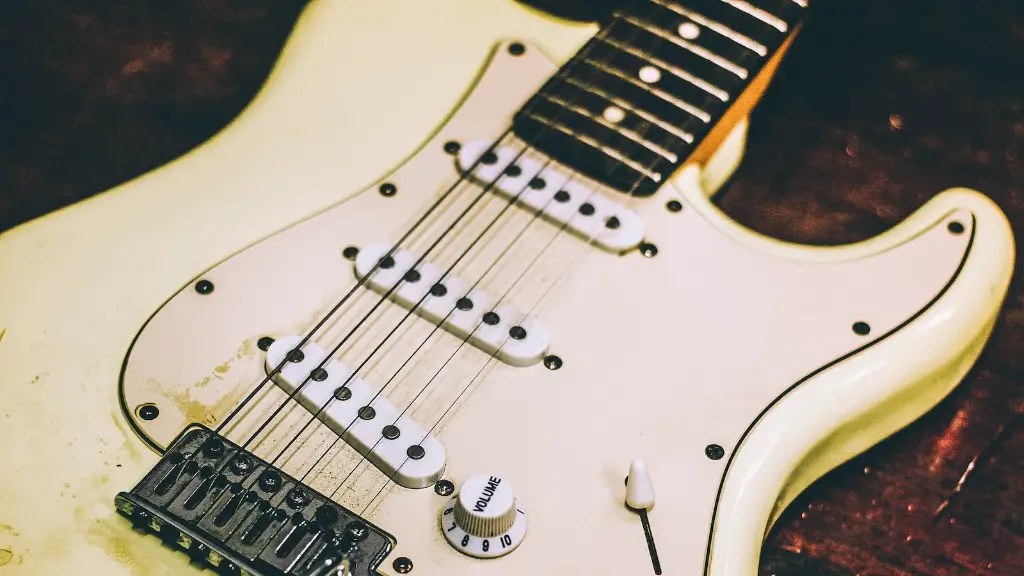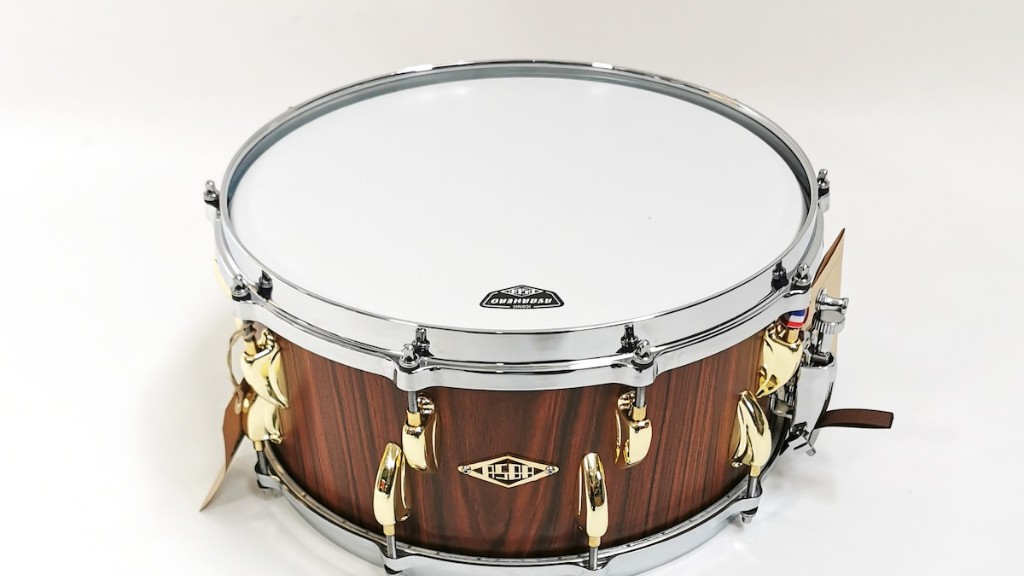Tuning an electric guitar can be a daunting task for beginners. But with the right knowledge and practice, it can be easy!
The first step to tuning an electric guitar is to understand the strings. The thickest string is the low E string, and the thinnest string is the high E string. The order of strings from thickest to thinnest is: E, A, D, G, B and E.
Next, you will need a tuner in order to tune your guitar. You can use either an electronic tuner or a pitch pipe, depending on which you prefer. Once you have your tuner ready, you will need to adjust each string one by one until all strings are properly tuned.
Finally, make sure that your guitar stays in tune by regularly checking it with a tuner or listening for any discrepancies in sound. With practice and patience, you will become proficient at tuning your electric guitar.
Tuning a Electric Guitar for Beginners (By Ear)
Learning to tune a electric guitar by ear is an essential skill for any guitarist. It is important to know how to accurately tune your guitar so you can play in tune and make sure that your chords and notes sound their best. Tuning by ear can be tricky, but with a bit of practice, you can learn the fundamentals quickly.
The first step is to get your guitar in standard tuning. Standard tuning means that the strings are tuned to E-A-D-G-B-E. You can use an electronic tuner to help you get close to these notes, then use your ears to make fine adjustments. Start with the low E string and pluck it while turning the tuning peg until it matches the note of E on an electronic tuner. Then move up to the A string, then D string, and so on.
Once you have all of your strings tuned close enough, you will need to fine tune them by listening carefully for any discrepancies between the open string note and other fretted notes on each string. If there is a difference between the open string note and its fretted notes, adjust the tuning peg until they sound in sync.It may take some time before you develop an accurate “ear” for tuning by ear. With enough practice, however, you will eventually be able to quickly and accurately tune your guitar without any external tools or devices.
Tuning an Electric Guitar for Beginners
Tuning an electric guitar can be accomplished easily and quickly by using a method called harmonics. This is a technique used by many professional guitar players to ensure their instrument is in perfect pitch. To begin, you must make sure that each string on your guitar is loose. You will then pluck the string and make sure it produces a clear sound. Next, press down lightly on the 12th fret while plucking the string again. This should produce a higher pitched sound. If the two notes do not match up, you will need to adjust the tuning peg until they do.
Once you have tuned each string correctly, you can check them all together by playing chords or single notes to see if they are in tune with each other. If not, simply go back and adjust the tuning pegs until they all match up and sound harmonious. Tuning your electric guitar can take some practice, but once you get the hang of it you’ll find that it’s quick and easy to do.
The Basics of Tuning an Electric Guitar
Tuning an electric guitar is an essential skill for musicians to master. It’s not just about making sure the strings sound right; it’s also about setting the guitar up correctly so that it plays in tune. To properly tune an electric guitar, you need the following: a tuner, a set of strings, and a Phillips screwdriver. Start by loosening the screws on the tuning machines (the parts that hold the strings). Next, replace any old strings with new ones. The strings should be wound around the tuning posts starting from below and going up to the top. Then, use your tuner to make sure each string is in tune. Finally, tighten the screws on the tuning machines to secure the strings in place.
When tuning your electric guitar, it’s important to remember that even small adjustments can make a big difference in its sound. So take your time and pay attention to each string. With practice, you’ll soon become a pro at tuning your electric guitar!
Checking the Intonation on Your Electric Guitar
Setting up and adjusting the intonation of your electric guitar is an important step in securing great sound. Intonation describes the accuracy of your guitar’s tuning as you move up and down the fretboard. Poor intonation can cause chords to sound out of tune, even when your strings are correctly tuned. Luckily, setting your guitar’s intonation is a simple process that doesn’t take long to master.
Start by loosening the strings and gently turning the saddle screws until they are flush with the bridge plate. Next, turn each screw one full turn inwards towards the neck. Now, you’ll need a tuner to adjust each string’s fine tuning until it matches its corresponding note on the tuner. Tune each string one at a time and re-check until all strings sound in tune using your tuner. After that, you can re-tighten all of your strings to their correct tension and check your tuning one more time with a tuner just to be sure.
Once everything is set, you can enjoy playing in perfect tune! Taking care of your instrument’s intonation regularly will ensure that you get great sound every time you plug in and play!
Tools Needed for Tuning an Electric Guitar
Tuning an electric guitar requires a few essential tools. A digital tuner is the most important tool needed to ensure the guitar is in tune. A guitar cable is also necessary to connect the instrument to the tuner. Additionally, a set of guitar strings should be on hand to replace any broken strings or to change out all of the strings at once. Other helpful items include a pair of wire cutters to trim excess string length and a screwdriver for adjusting bridge saddles and truss rods. Finally, a small Phillips head screwdriver should be used for adjusting pickup height.
A properly tuned electric guitar will sound best and last longer with regular maintenance, so it is important to have the right tools on hand when tuning an instrument.
Tips for Efficiently Tuning an Electric Guitar
Tuning an electric guitar can be a daunting task, but with a few simple steps, it can be easy and quick. Start by attaching a clip-on tuner on the headstock of your guitar. Then, pluck each string to get a reading from the tuner. Adjust the string accordingly until you get the correct note. To save time and ensure accuracy, use a winder to quickly tighten or loosen strings. Once each string is tuned, check their overall tuning by strumming all six strings at once. If they sound out of tune, you may need to fine-tune individual strings again.
If you’re having difficulty tuning your guitar, try using different gauges of strings as they will produce different notes when tuned. Also make sure that all of your strings are new – old strings are more difficult to tune and will cause problems in the future. Finally, keep your instrument clean and well-maintained – this will help it stay in better shape and allow you to easily adjust its tuning when necessary.
By following these simple steps and taking good care of your instrument, you’ll be able to quickly and efficiently tune your electric guitar whenever needed!
To Sum it All Up
Tuning an electric guitar for beginners can be a daunting task. However, with a few simple steps and the right tools, anyone can easily achieve a perfect tune. Start by selecting the correct strings for your guitar, then use an electronic tuning device or an app to tune your strings one at a time. After making sure each note is in tune, adjust the intonation using the saddle screws on your bridge. Finally, use a tuner or app to double-check your work and make sure everything is in tune. With practice, you can learn to quickly and accurately tune any electric guitar.





